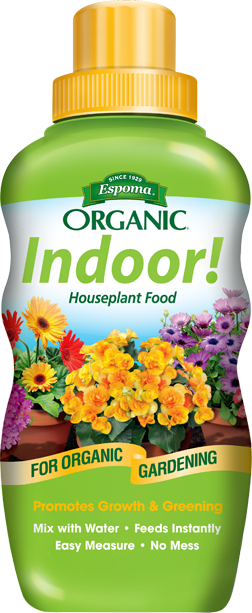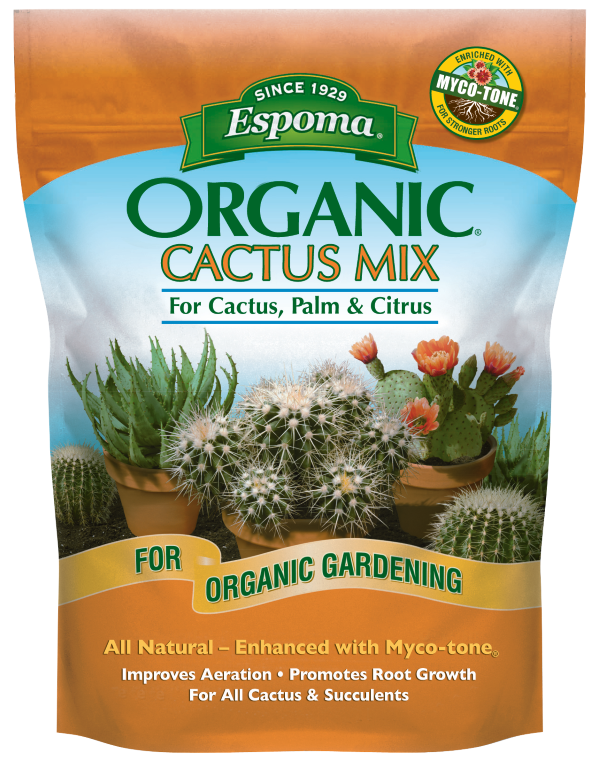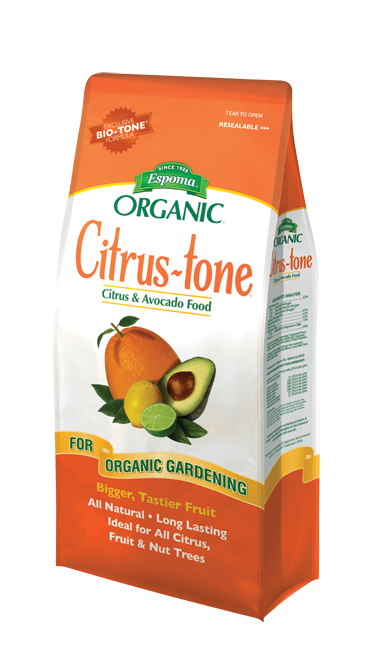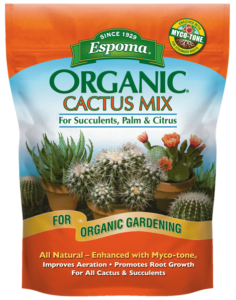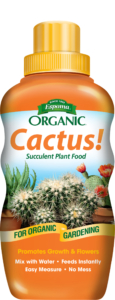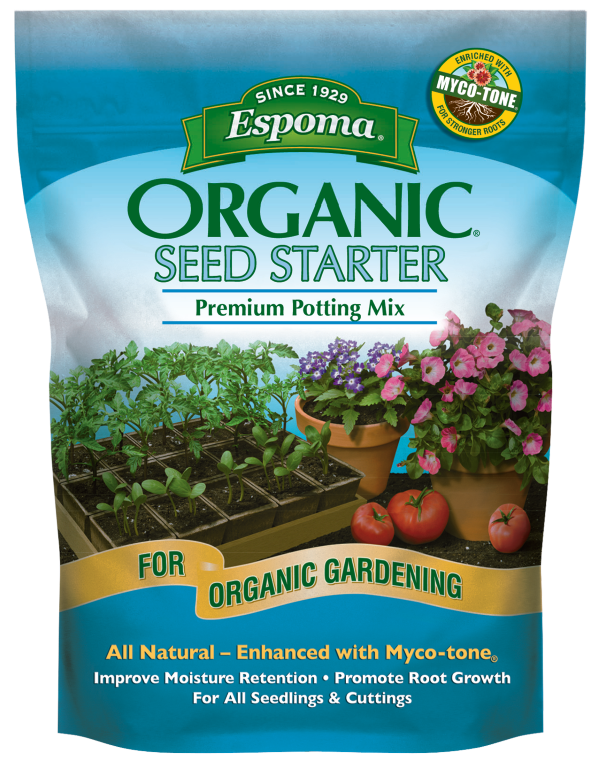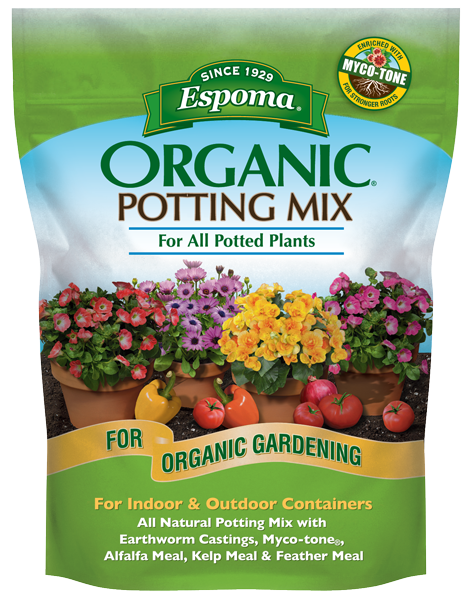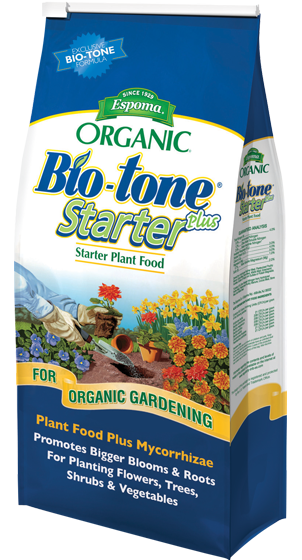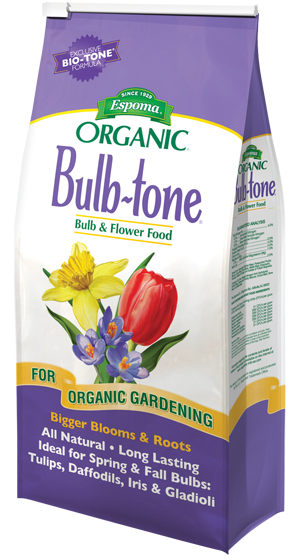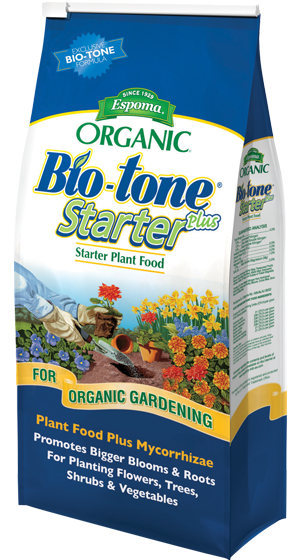Video: How to Plant Citrus in Containers
/in Blog, Espoma Videos, Garden AnswerWatch Laura from Garden Answer show you how to grow citrus in containers!
Featured Products:
Video: Citrus Growing Update & Care Tips!
/in Blog, Espoma Videos, Garden AnswerLaura from Garden Answer updates on her indoor Lemon & Lime trees she grows indoors. Watch for important care & growing tips!
Learn more about Garden Answer here:
https://www.youtube.com/c/gardenanswer
https://www.facebook.com/gardenanswer
https://www.instagram.com/gardenanswer/
Featured Products:
Video: Starting Onion Seeds Indoors with Garden Answer
/in Blog, Espoma Videos, Garden AnswerWhen planting onions from seed, Espoma Organic Seed Starter is a key component in promoting root growth and improving moisture retention. Check out how Garden Answer uses it!
Featured Products:
Video: Winter Seed Sowing with Garden Answer
/in Blog, Espoma Videos, Garden AnswerInterested in trying your hand at the winter seed sowing method? Follow along with @Garden Answer in this new video for some tips, tricks, and other learnings!
Featured Product:
Video: Buttoning Up Winter Bulb Planting with Garden Answer
/in Blog, Espoma Videos, Garden Answer, GardeningGarden Answer has so many bulbs yet to go in the ground and it’s time to finish the job. Follow along and see how a bit of Espoma Organic Bio-tone Starter Plus is key to kicking off this task.
Featured Products:
Video: Caladiums for Christmas with Garden Answer
/in Blog, Espoma Videos, Garden Answer, Indoor GardeningLaura from Garden Answer got her hands on some gorgeous new caladiums just in time for Christmas. Follow along for some keys to transitioning to holiday decor using Potting Mix!
Featured Products:
Video: Arranging Succulents in an Urn with Garden Answer
/in Espoma Videos, Garden Answer, Indoor GardeningStarting a fun new succulent project? Take a tip from Garden Answer and kick things off with Espoma Organic Cactus Mix, which is made specifically for cactuses and succulents.
Featured Products:
Video: Making Tea Tin Arrangements with Garden Answer
/in Container Gardening, Espoma Videos, Garden Answer, Indoor GardeningA rainy week calls for an awesome indoor activity like this one! Remember: Anything that contains something is a potential planter. Watch as Laura from Garden Answer makes the most of her old tea tins using Espoma Organic Cactus Mix!
Featured Products:

